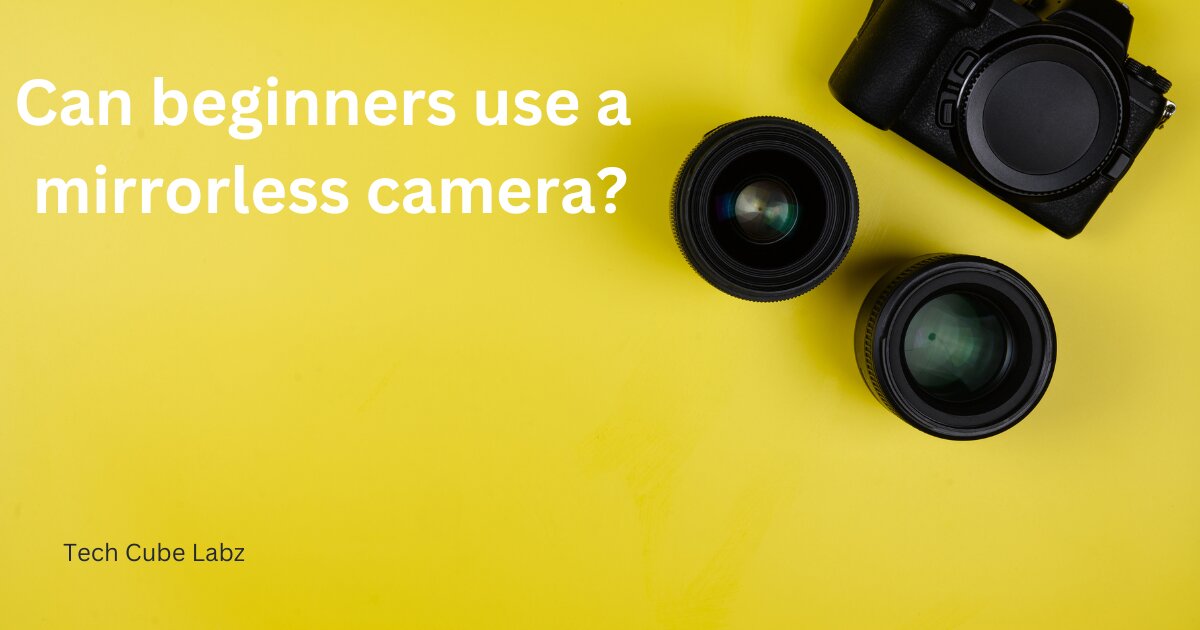
Can beginners use a mirrorless camera?: New photographers can easily capture high-quality images with the best beginner mirrorless camera. We’ve tested the best entry-level models of mirrorless cameras to help you choose the one that suits your needs.
Our guide is a comprehensive resource that covers all the basics, as well as more expensive cameras with room for growth.
Our in-depth reviews have led us to believe that the Canon EOS M10 is the best mirrorless camera available for beginners.
It’s a versatile camera that looks like a compact DSLR. We think it is the best for beginners. Its easy-to-use controls, its handling and its subject-detecting autofocus, are all appealing. We know that it is not the best choice for everyone.
This guide will help you choose the best mirrorless camera for beginners, regardless of your budget and expectations. In our real-world testing, we focus on factors like handling, ease of usage, image quality, and more.
The results are used to confirm which cameras are suitable for beginners. Our experience also allows us to provide useful purchasing insights. You can find them at the bottom of this page.
Tim is TechRadar’s Cameras Editor. Tim’s 15-year practical experience in the photography and video industry has given him a deep technical understanding of everything camera-related.
Tim is a freelance tech journalist and photographer who has shot hundreds of hours with cameras and lenses from major manufacturers.
Tim says, “Many newbies will have a tight budget. That’s why we included some mirrorless cameras that are more affordable.” We also think the overall value of a camera is very important.
Our guide includes models that are well-equipped with the features needed for beginners to grow and learn.
7 best mirrorless camera is best for beginners
- Sony Alpha a6000
- Canon EOS M50 Mark II
- Fujifilm X-T200
- Olympus OM-D E-M10 Mark IV
- Panasonic Lumix G100
- Nikon Z50
- Sony Alpha a6400
1. Sony Alpha a6000
This camera is not like most other entry-level mirrorless models at this price.
The metal body is solid and provides a perfect weight for a compact camera. The rubber grip is my favourite. It protrudes enough for my large hand to feel secure and comfortable while still allowing my thumb to rest in the natural position so I can change most settings one-handed.
The importance of ergonomics is often overlooked when it comes to compact mirrorless cameras. You can have a camera that is as thin as a pack of cards. However, if you cannot hold it safely and comfortably while still being able to operate it with one hand, then you might as well just stick with your iPhone.
The dials of the a6000 were stiff and clunky for the entire month I used it. At first, I thought they felt a bit too rigid, but as I got used to them, I began to appreciate their solid feel.
The dials would not move unless you turned them. I liked that it was impossible to accidentally ‘bump up’ the settings when you were carrying the camera.
The screen can be tilted upwards 90 degrees or downwards 45 degrees, which allows for creative shooting angles.
It has a resolution of 921,600 pixels, which may sound impressive, but it’s not so great in 2024. The resolution is adequate for taking pictures and viewing images, but it’s not going to blow you away.
The EVF is also ‘just okay’, adequate for taking and reviewing pictures. However, there will be mirrorless cameras with much higher-quality electronic viewfinders in 2024. [Can beginners use a mirrorless camera?]
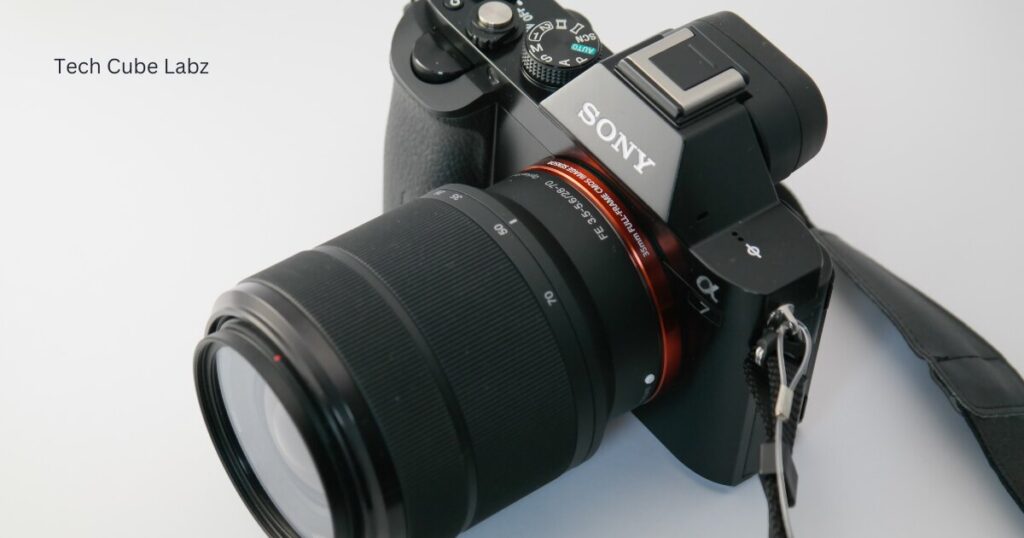
2. Canon EOS M50 Mark II
You’ll hear more often that this is a simple firmware update and not a brand-new camera. I do not have the technical know-how to determine if it’s possible, but given that they both have the same sensor and processor, I think so.
The original M50 kit is currently on sale for $797 and I bought the Mark II at $855. It may not be an upgrade but it’s still a reasonable price difference.
It’s important to remember that there’s not much of a reason to upgrade the Rebel DSLRs from one model to another. Most people would buy a 750D and either leave it in the cupboard or upgrade to a newer model. This is a similar situation and I think it’s more for new owners than someone who wants to upgrade.
This upgrade could be worth it or not, depending on what body (if you have one) you already own. You’d probably be better off buying new lenses than upgrading your M50 if you own it and love it. To me, Eye AF is a feature that alone makes the upgrade worthwhile. However, this may not be true for everyone.
This upgrade is a great option if you have an M5 or M6 (like me), or something older. At the time I bought my M5, I thought it was everything I needed. The EOS 6D I was using at the time had a good IQ, but the autofocus was lacking.
Due to this, I enjoyed the AF on the M5 more and thought it was more advanced. After about four years, I was used to the phase detect AF on the Sony A7 III as well as the Canon EOS R6. The M5 became less enjoyable to use. [Can beginners use a mirrorless camera?]
Read Also: What is the most used electronic gadget?
3. Fujifilm X-T200
The Fujifilm X-T200 mirrorless interchangeable lens camera is a good value with solid specifications for stills and videos. This camera is better than I expected. It’s still a good camera, just because it is a bit cheaper. The X-T200 budget camera takes beautiful photos!
This X-T200 camera isn’t mine. It’s a borrowed X-T200 that I am using to create film simulator recipes. I’d love to have one, and I’ve considered buying one. But I probably won’t.
Fujifilm X-Trans cameras are built to last. The X-T200 doesn’t have an X-Trans sensor but instead a Bayer 24-megapixel sensor.
It feels cheaper than X-Trans but still looks good, and the build quality must be excellent despite the plastic. The shutter speed dial is replaced by a PASM dial, which I find disgusting.
The X-T200 is not only cheaper but also feels and looks cheaper. What matters most is that it delivers. The image quality of this camera impressed me. They look great! The X-T200 is a great camera for professional work. I know many people use it.
This camera’s JPEG settings are very similar to those of the X-Trans II. It seems outdated and limited to me, even though it is the newest model. [Can beginners use a mirrorless camera?]
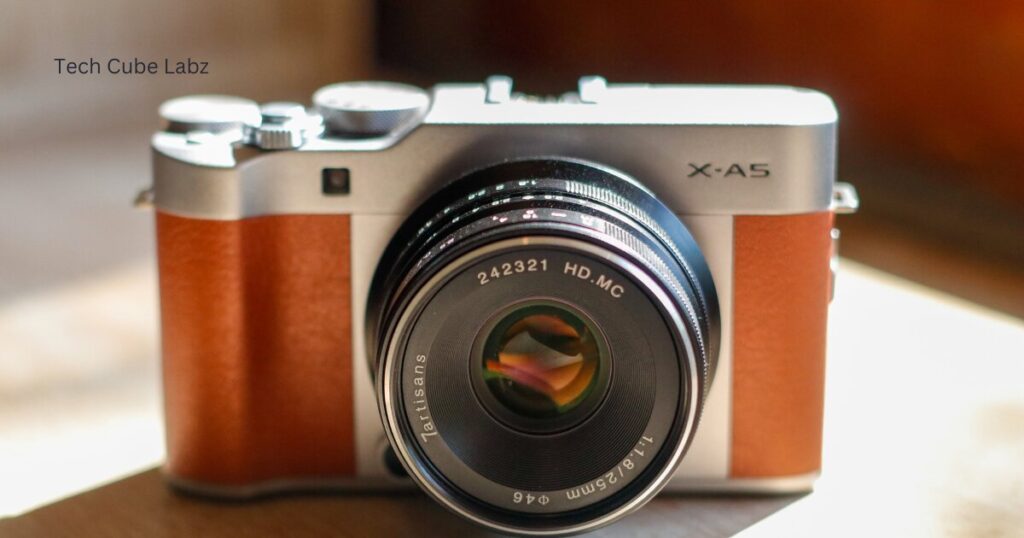
4. Olympus OM-D E-M10 Mark IV
Olympus added a new camera, the E-M10 Mark IV, to their OM-D range. I had a review sample on loan from Olympus for 2 weeks prior to the official release and have shot a lot of photos with it.
The E-M10 Mark IV is the successor to the E-M10 Mark III and the advanced entry-level OM-D from Olympus. In this blog post, I’ll share my experience with the E-M10 Mark IV and show you a variety of new sample photos.
Olympus Visionary – I am a brand ambassador for the Olympus company. Olympus loaned me the E-M10 Mark IV for review purposes. There will be no charts, graphs or numbers compared in this non-technical evaluation.
As a professional photographer, I’ve been using the E-M10 Mark IV extensively for two weeks. It is a photography review of the E-M10 Mark IV. I am not a filmmaker, so I cannot review the video performance. In the future, I will discuss video performance in vlogging, but separate from this article. [Can beginners use a mirrorless camera?]
Read Also: How many types of software are there in Tally?
5. Panasonic Lumix G100
The Panasonic Lumix G100/G110 is now the entry-level point in Panasonic’s Micro Four Thirds line. The camera is designed to appeal to users of the latest generation who enjoy taking photos and videos. The G100/G110 is a great choice for anyone who wants a compact, mirrorless camera.
Panasonic has actively promoted the G100 camera as being designed specifically for vloggers. The camera can capture Full HD and even 4K videos at 30fps with only a small crop. For those who are looking to be creative, stop-motion and time-lapse features are available.
Nokia’s OZO Audio powers the array of multiple microphones on the camera. Originally developed for Nokia’s 360deg OZO cameras, this feature allows multiple microphones to be used to capture sounds in different directions.
It is designed to isolate certain sounds from background noise, like a person speaking to a camera. It works with Face Detection in the G100 to focus sound on the person talking to the camera. [Can beginners use a mirrorless camera?]
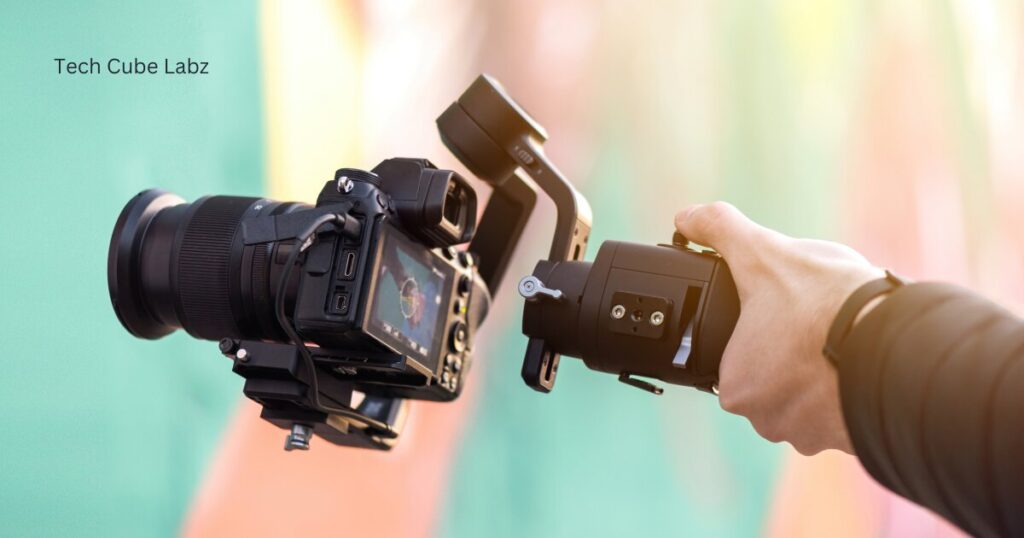
6. Nikon Z50
The Sony NEX-3N was also tiny but took 16MP photos and had both an 18-55mm and a lens that went from 55-210mm. It did not, however, have a viewfinder.
The rear screen is harder to read when I’m shooting outdoors, especially in the sun. A viewfinder is also “old-school” for me. I’ve been using it since I bought my first Nikon F a few decades ago.
What is the Z in Z50 all about? Nikon’s second largest lens family is the Z mount lenses. The Z was selected years before Putsch g ing took it as their logo. Nikon has never before broken compatibility with its Nikon F mount.
This mount was developed and used continuously since 1959, older than many of my readers! Over the years, the format has been extended to include different forms of autofocus as well as vibration reduction. Over time, the newer cameras could still use almost all older lenses.
The Z50’s 16-50mm kit zoom lens is light and compact, making it ideal for street and shop photography. The D600 has similar controls, and the Nikon SB flash is compatible with the Nikon TTL flashes. Nikon considers the Z50 to be a good option for the YouTube generation.
It initially offered a “creators kit” that included a Rode VideoMic mic that sat in the flash shoe and had a wind guard that looked like a stuffie or bearskin hat. [Can beginners use a mirrorless camera?
7. Sony Alpha a6400
My blog readers know that I am heavily invested in Fujifilm, having most of the prime lenses and cameras. This is my review of the Sony A6400 as a photographer that shoots with Fujifilm about 80% of the time.
I won’t spend too much time on the A6400’s specs, ISO performance or dynamic range because they are no longer important. I’ll talk about some features or, at least, what really stands out for me.
To me, cameras are similar to cars and handling is a key feature. You don’t need 600 horsepower just to go to the supermarket. In 2019, people are still obsessed with specs. I try to avoid being like that in this blog.
Sony has the best software and sensor technology. Canon has mastered the art of perfecting user experience, with ergonomics and interfaces that are second to none, as well as high-bitrate videos, colour that is out-of-the-box, and nice, natural colours.
Nikon focuses on maximising professional features in hardware and design. (Except for dual card slots, which aren’t important for most users since the XQD format is superior) Fujifilm has the XT3 with probably the most complete package. [Can beginners use a mirrorless camera?]
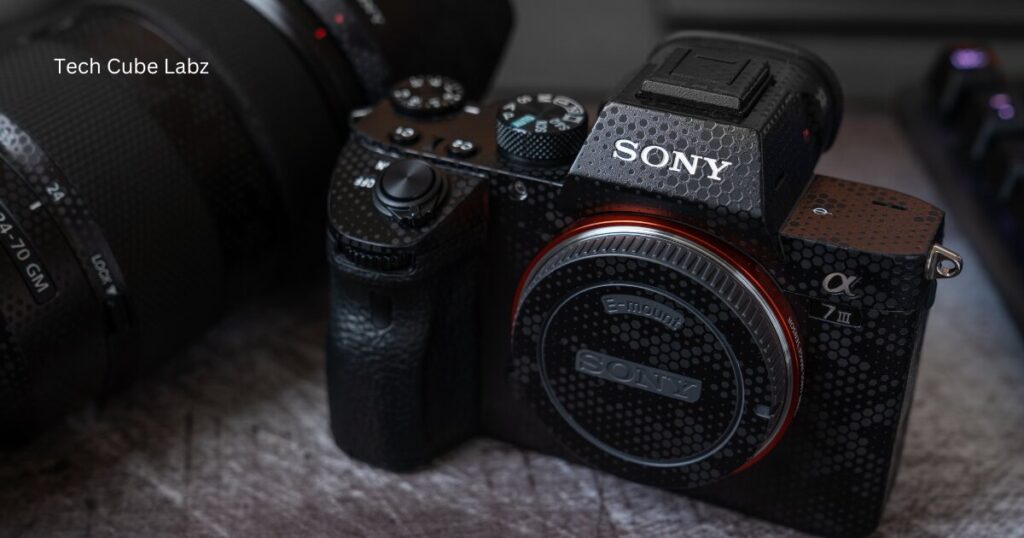
Conclusion:
Beginners often choose mirrorless cameras based on a balance between ease of use and image quality. The Sony Alpha A6000 and Canon EOS Mark II are both excellent cameras with high-quality pictures and user-friendly features.
Fujifilm XT200, Olympus OM D E-M10 mark IV and Fujifilm XT200 are both excellent options. They offer great ergonomics as well as robust feature sets.
The best camera will ultimately depend on what you need, whether it’s video, portability or advanced features. [Can beginners use a mirrorless camera?]
Can beginners use a mirrorless camera?: FAQ
1. Are mirrorless cameras hard to use?
Ans: Mirrorless cameras are simpler to use. Mirrorless cameras are unique in that they have an “electronic viewfinder”.
2. Is Fujifilm mirrorless good for beginners?
Ans: Fujifilm cameras have intuitive controls and are simple to use for beginners. Some mirrorless cameras from the X-Series or GFX System have unnecessary features for beginners. For personal and professional photography, I have used Fujifilm cameras over the past few years.
3. Should a beginner buy a professional camera?
Ans: You don’t need to start with the most expensive camera. It can be used with lower-end DSLR or mirrorless cameras to familiarise yourself with the camera and its settings.
